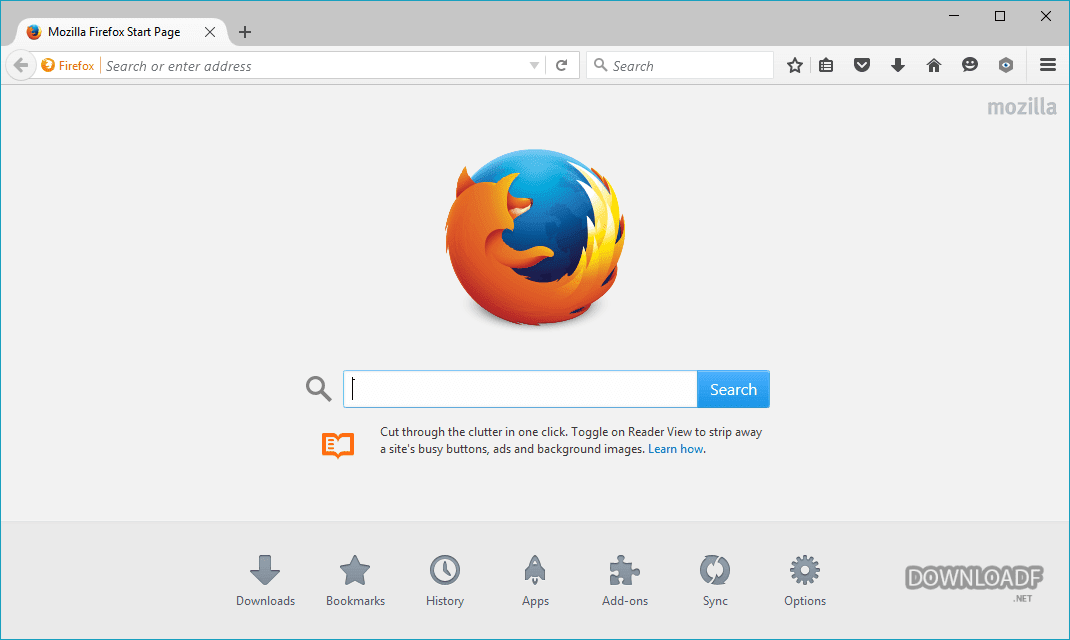

gene or protein sequences that show statistically significant similarity with the new gene or protein (which typically reflects common ancestry). Specifically, these searches allow the inference of the function of the new sequence from similar (homologous) sequences, i.e. Sequence similarity searching often provides the first information about newly determined DNA or protein sequences. BLAST+ compatible: The latest NCBI BLAST implementation (denominated BLAST+) includes a changed BLAST output format. Additional features: Program features extending the information originally present in the BLAST output file. Splitting and merging files: whether it is possible to split files (and possible merge them subsequently) to handle large data set. BLAST results with more than 10 000 queries. High-throughput: whether the program can handle high-throughput BLAST data, i.e. Hit-Queries = one selected hit is displayed with its associated queries.

Query-hits = one selected query is displayed with the associated hits. Graphical alignments: how alignments between queries and hits are graphically displayed. Multi-query analysis: whether multiple queries can be visualized and analysed in an integrated way. Integrated BLAST: whether the program supports BLAST searches started from within the program. Tabular = output is presented mostly as tables, possible with some limited interaction (sorting by table columns). Interactive GUI = GUI as in contemporary user-friendly applications such as MS Word. Notes for selected categories: Interface: General impression of the interface style. S1 Table: Comparison of BlasterJS to other BLAST data viewers.


 0 kommentar(er)
0 kommentar(er)
